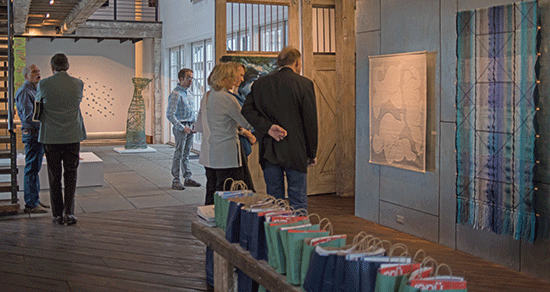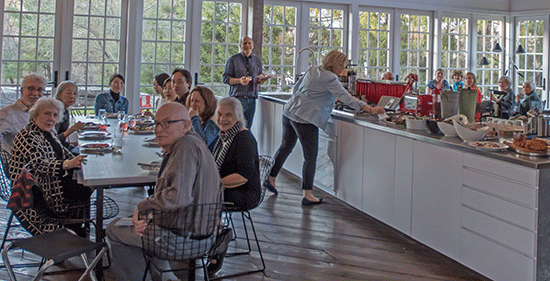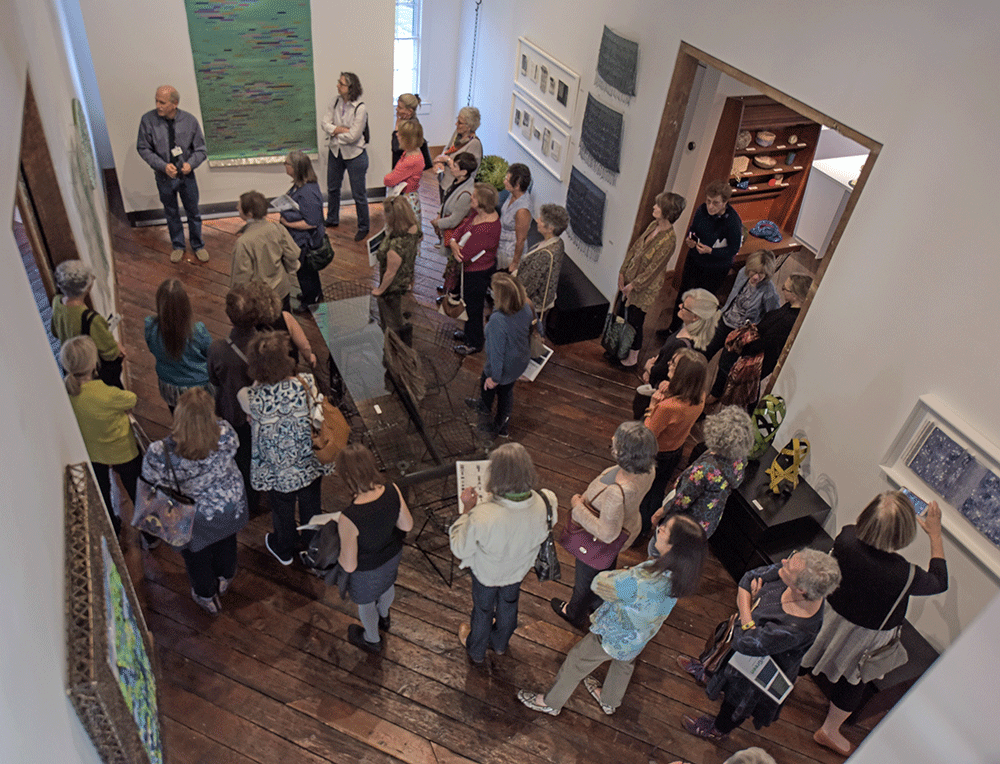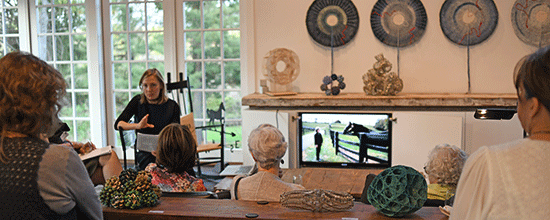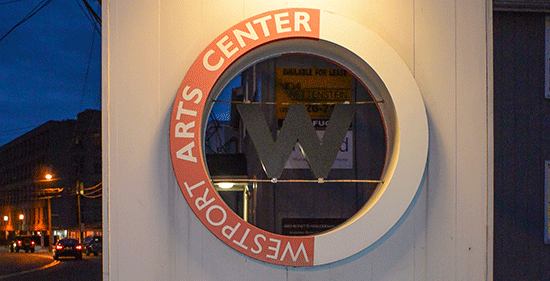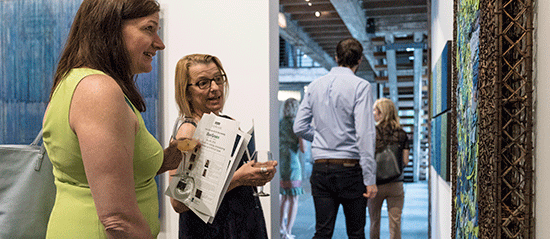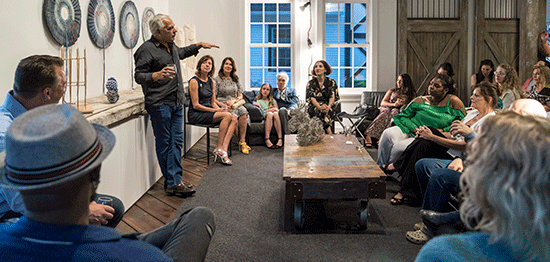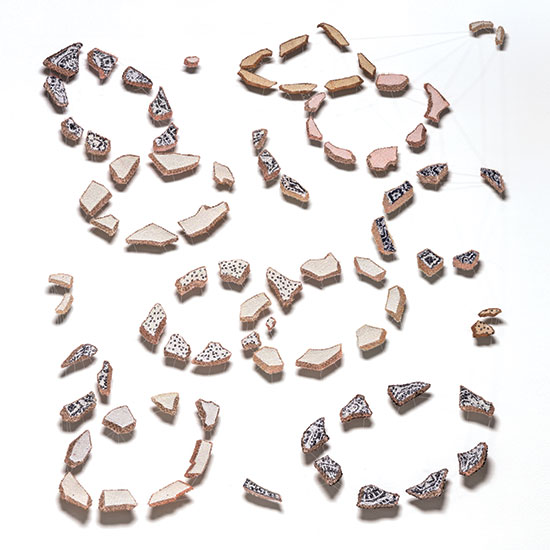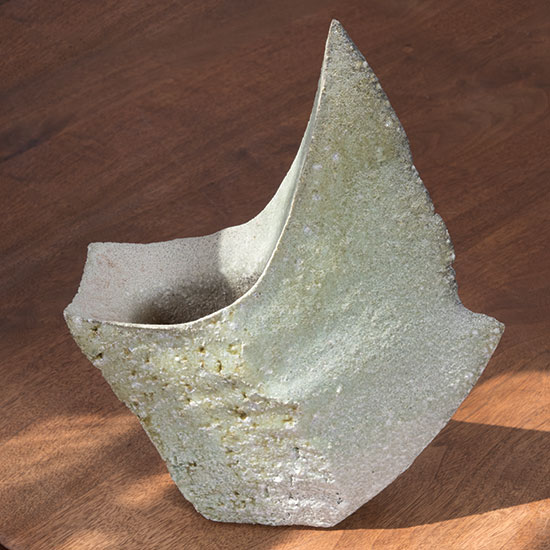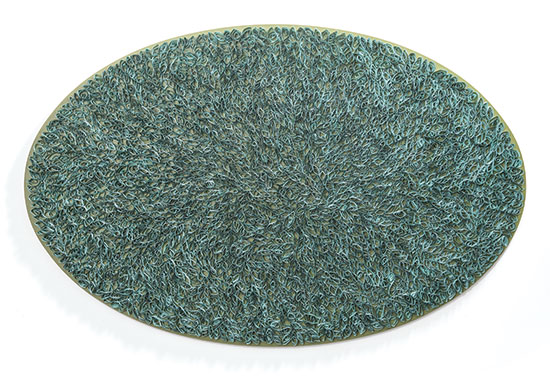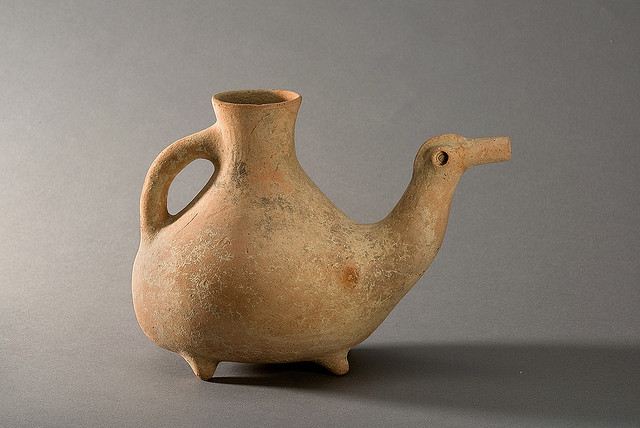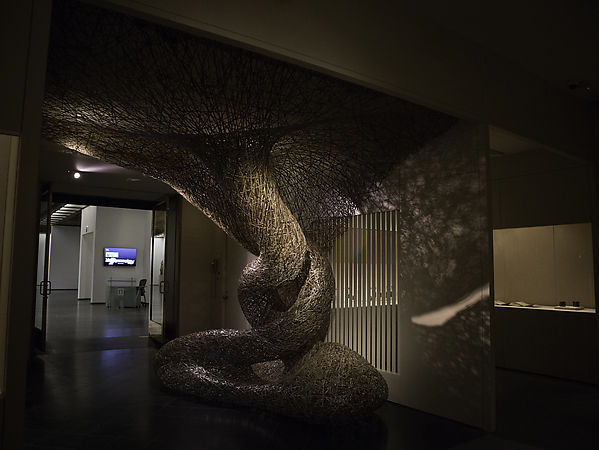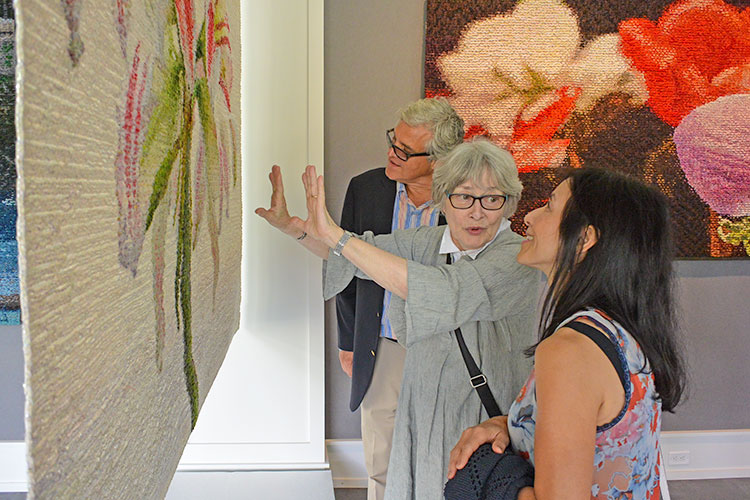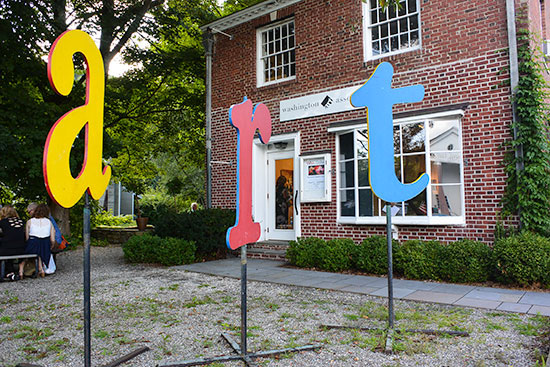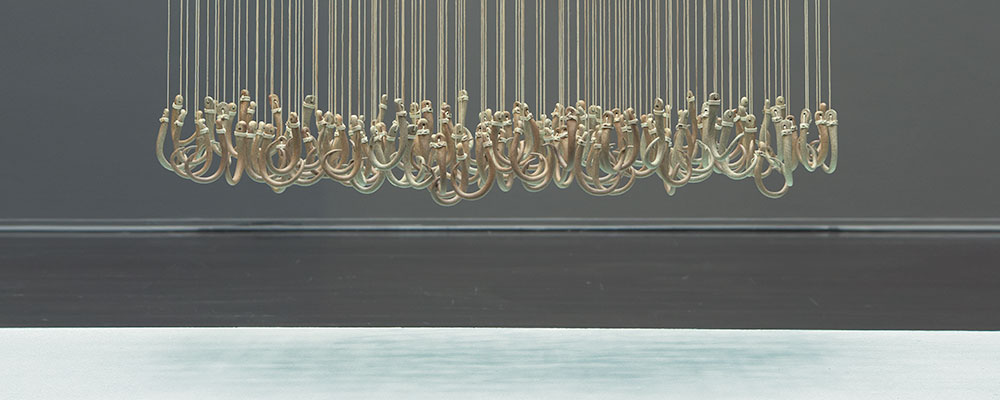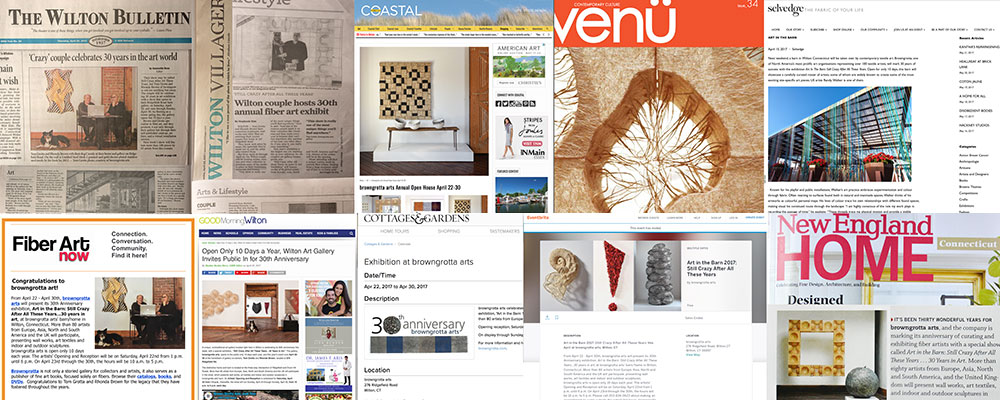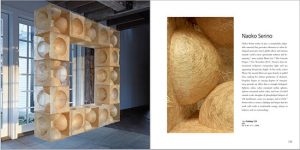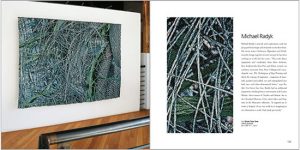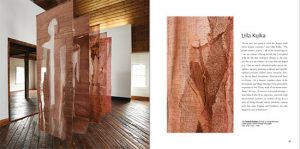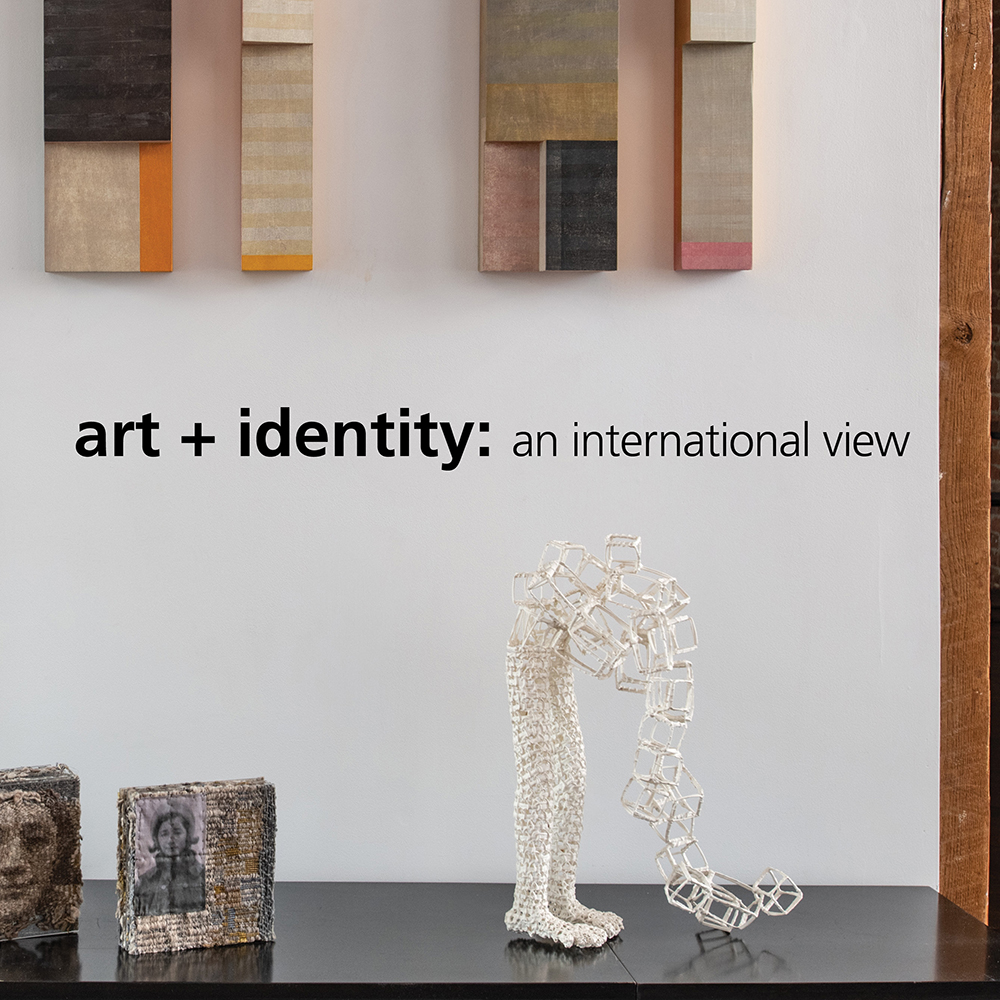
We produced our 49th publication this spring, a 156-page catalog, art + identity: an international view. The catalog features work by 62 artists who have lived and worked in 22 countries in the UK, Europe, Asia, Africa and North and South America. We asked the artists who participated to provide us works that illustrated how identity and influence are reflected in their art. We selected works by artists no longer living on the same basis. The artists involved took an expansive approach, but as you’ll see in the catalog, a few themes emerged. Some artists, for example, were influenced by the art of other cultures — through visiting or study. For Dawn MacNutt, it was classical Greek sculpture she saw at the Metropolitan Museum in New York and then in Greece that she has translated in her willow figures. For Paul Furneaux, influences included time spent in Mexico, at Norwegian fjords and then, Japan, where he studied Japanese woodblock. For Adela Akers it was Peruvian weavers; Agneta Hobin,
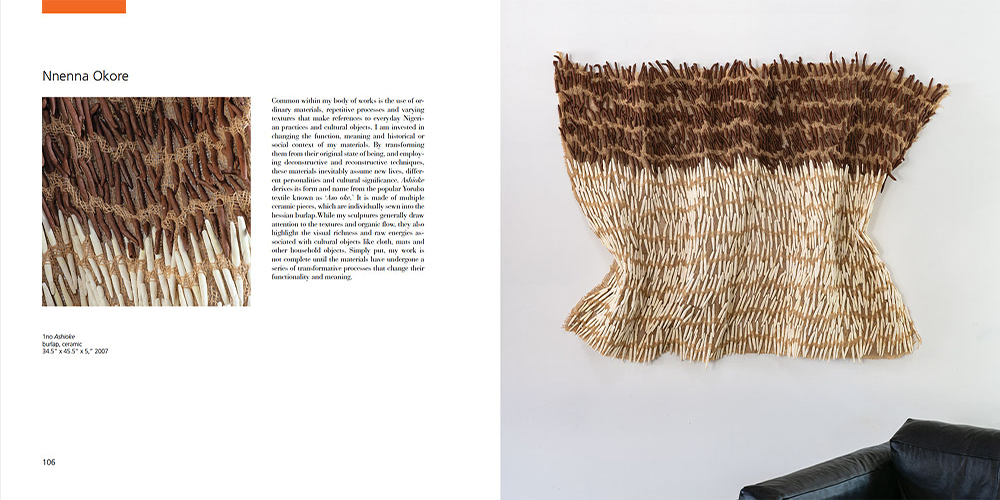
a trip to Zuni pueblos Nnenna Okore was raised in and studied in Nigeria. Common within her body of works is the use of ordinary materials, repetitive processes and varying textures that make references to everyday Nigerian practices and cultural objects. Katherine Westphal had what one writer called “magpie-like instincts.” She called herself a tourist – “then it all pops out in my work – someone else’s culture and mine, mixed in the eggbeater of my mind…” Others found inspiration close to home. Though she travelled extensively and studied in France, Canadian artist, Micheline Beauchemin repeatedly returned to the St. Lawrence River as a theme.
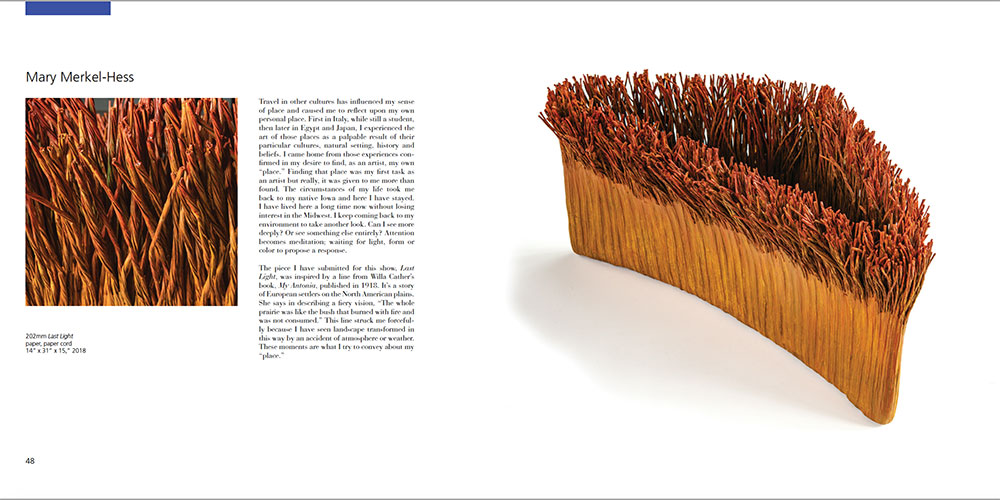
Mary Merkel-Hess evokes the plains of her home in Iowa like “the bush that burned with fire and was not consumed,” a quote from Willa Cather, which Mary says she, too, has seen. Mérida, Venezuela, the place they live, and can always come back to, has been a primary influence on Eduardo Portillo’s and Maria Davila’s our way of thinking, life and work. Its geography and people have given them a strong sense of place. Processes and materials motivated a third group of artists. “I draw inspiration from age-old Indian and Japanese traditional resist-dyeing techniques such as bandhini and shibori ,” says Neha Puri Dhir.
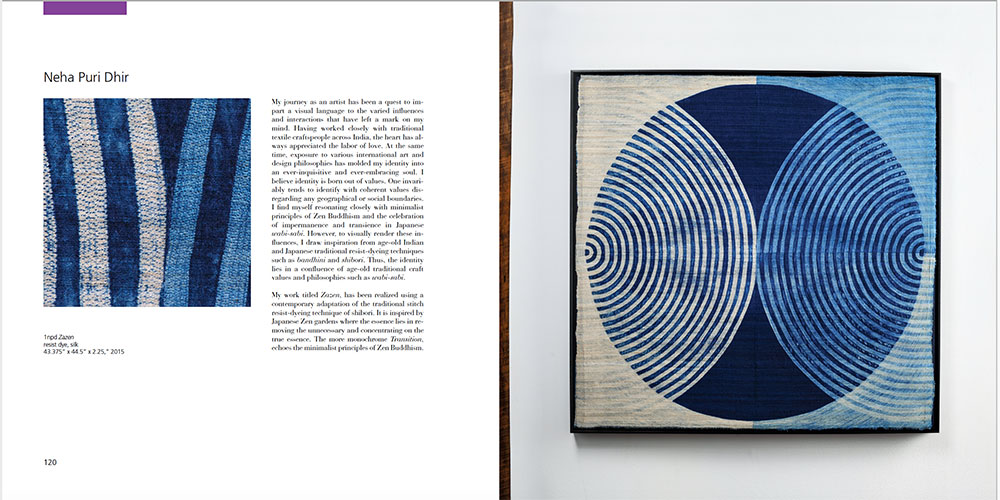
Ed Rossbach was also a relentless experimenter who learned and adapted dozens of techniques and unusual materials from lacemaking with plastic tubes to enlarging then reinterpreting images from Coptic tapestries to weaving raffia on a loom after studying weavings from Africa. Susie Gillespie grows flax from seed that she processes by retting, breaking and hackling before spinning it into yarn. The clay from Shigaraki, Japan is crucial to Yasuhisa Kohyama’s work – through the techniques he has pioneered, he aims to highlight the upheavals evident in its creation, including volcanic eruptions and the erosion of water and wind.
Other artists took a more interior and personal view: Aleksandra Stoyanov of the Ukraine and now Israel uses images of ancestors in her work, this time images from childhood, and she notes that the child comes with us into adulthood. Irina Kolesnikova also grew up in Russia. Aspects of her everyday life there are reflected in artworks that feature her Alter Ego – “a slightly comic, clumsy human of an uncertain age (who is just a survivor struggling to keep his existence balanced).” Personal and universal connections to the sensuality and materiality of the woven image motivates Lia Cook.

She is particularly interested in the emotional connection to memories of touch and cloth. She’s worked with neurologists to measure brainwaves for people who look at a photograph versus a woven version of the same image. The wider world and related issues were the subject for others. Nancy Koenigsberg’s work for this exhibit originated as a visual and emotional response the scenes destruction from the recent California wildfires and to the unfolding ecological disaster of which they are symptomatic. Lewis Knauss’ work has also begun to reflect the worldwide concern for climate change. American artist Mary Giles began creating wall panels that dealt with her concerns about population some years before her death in 2018, exploring in them ideas of density and boundaries.
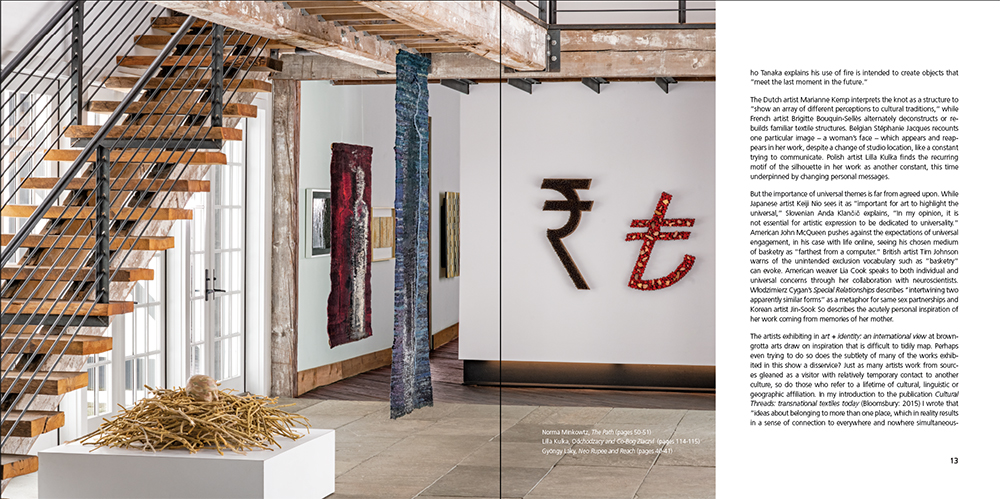
The catalog includes an essay, The Textile Traveller, by Jessica Hemmings, Ph.d., Professor of Crafts, University of Gothenburg, Sweden, which creates perspective. This exhibition, “reminds us that the textile is an expert traveller – adept at absorbing new surroundings and influences while retaining elements of previous contexts and functions. Many physically embody the buzz word of our times: resilience. Attention to the textile’s many histories and journeys can help us trace and begin to understand the, often overwhelming, complexities contemporary societies face.”
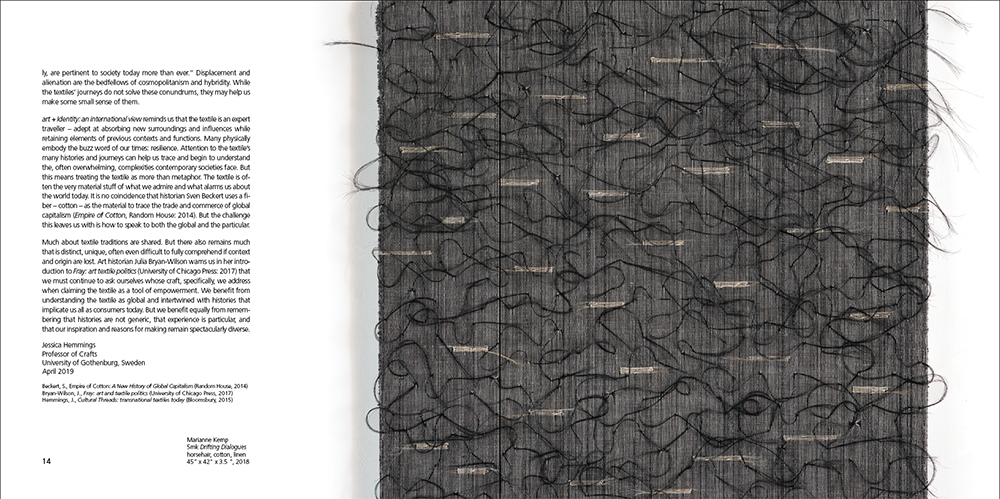
The catalog can be ordered for $50 plus tax and shipping on our website at browngrotta arts: http://store.browngrotta.com/art-identity-an-international-view/

